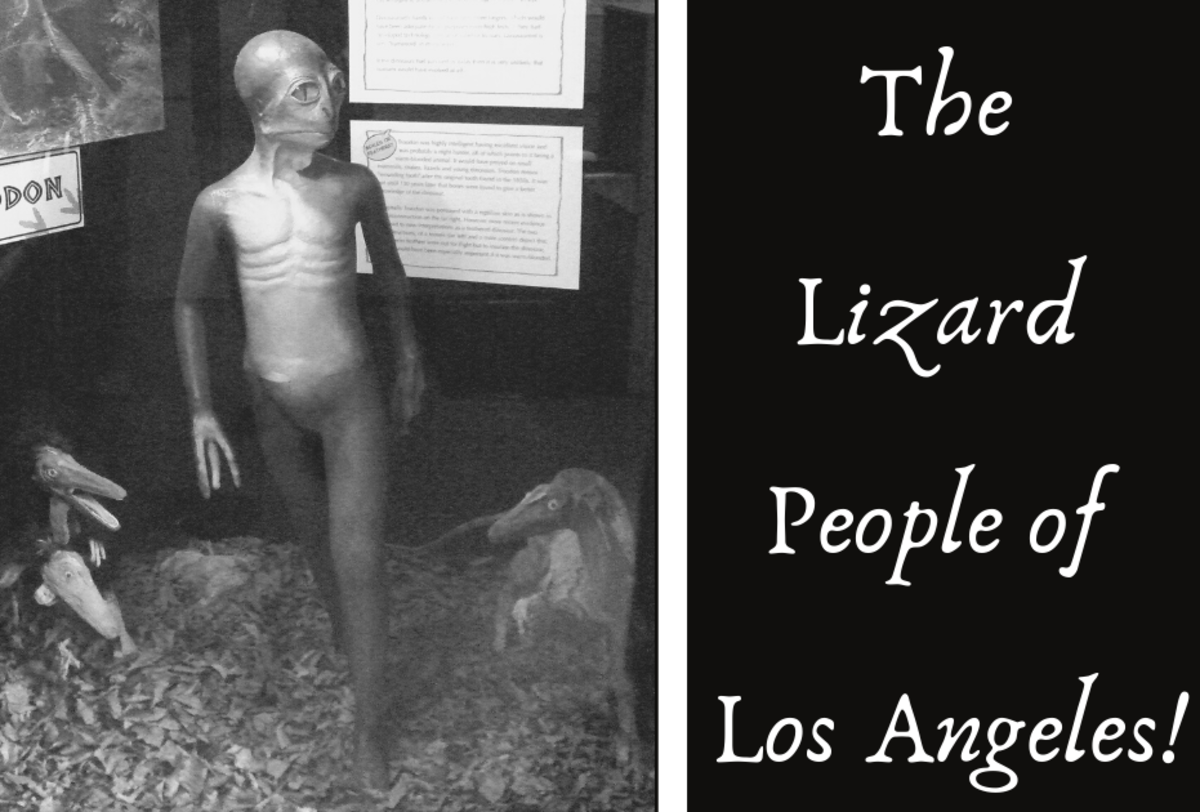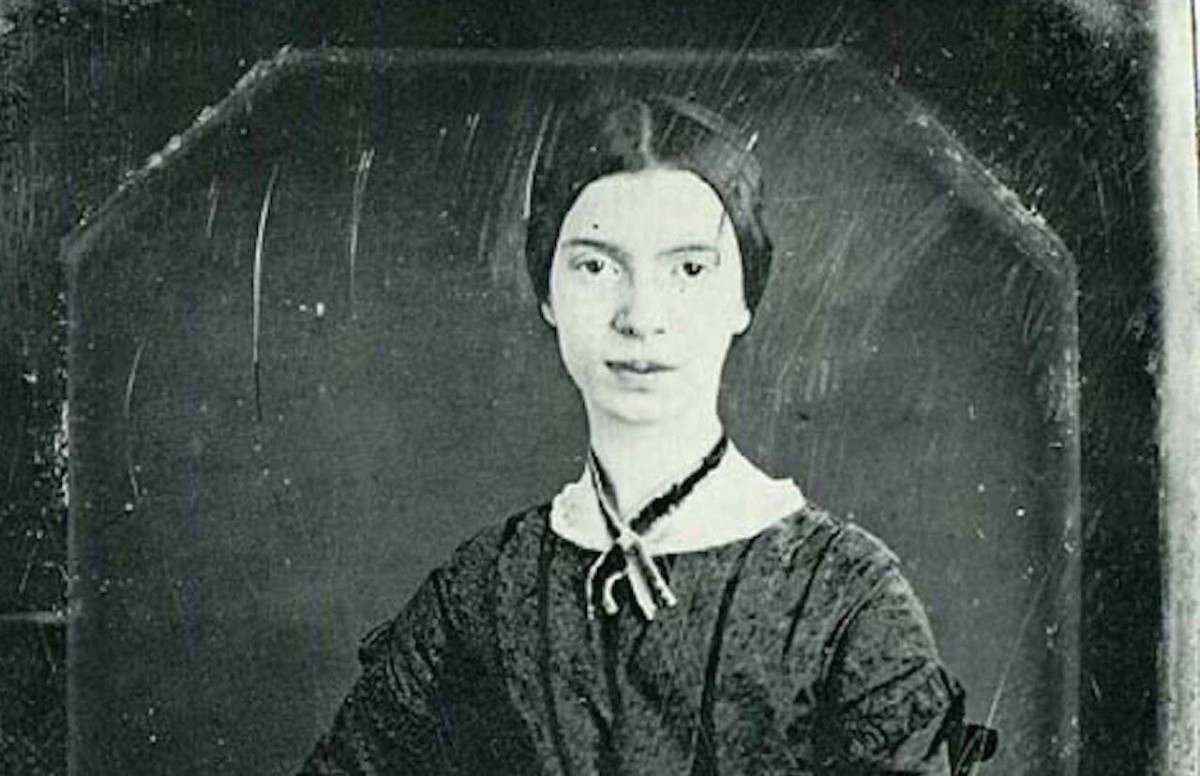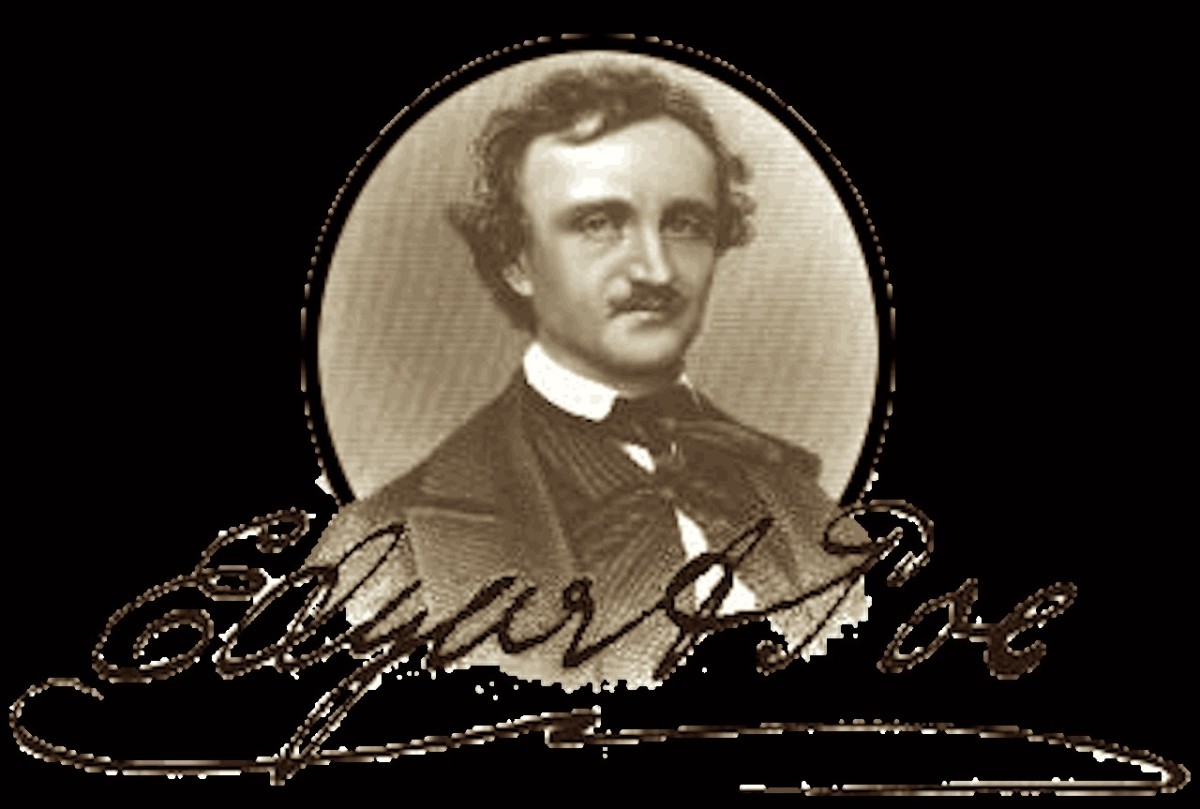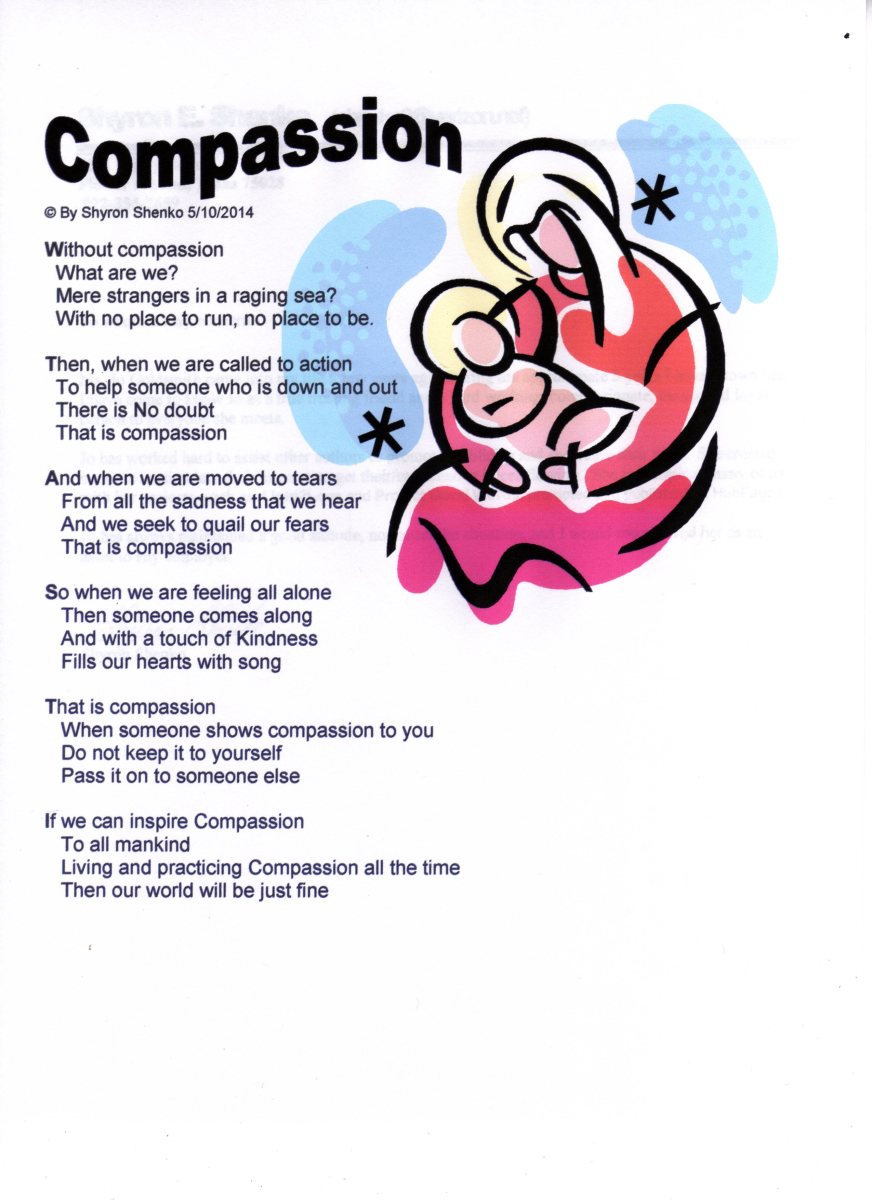John Greenleaf Whittier’s "Chicago"
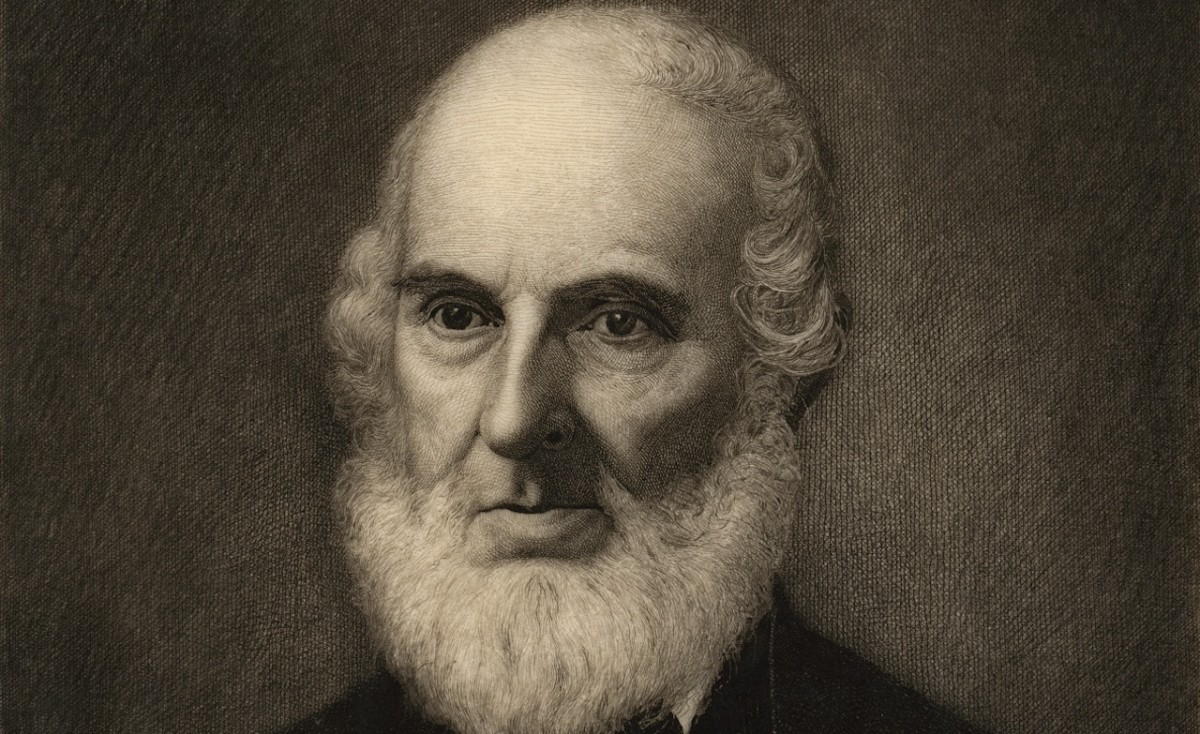
Introduction and Excerpt from "Chicago"
John Greenleaf Whittier’s reputation as a poet rests on his emphasis on morality through his deep religious convictions as a devout Christian.
In his poem “Chicago,” Whittier creates a speaker, who elevates the horrendous event to a musing on the frailty of humanity in conjunction with community sympathy and divine grace. The great fire becomes a symbol of the interrelatedness of destruction and renewed construction.
The structure of the poem involves a sequence of events, moving from ironic lament to despair, and finally coming to renewal and consolation. The speaker’s reliance on paradox gives the poem an eerie unity as the death of the city builds to new life. The symbolic fire become both destroyer and creator.
The symbolic, colorful imagery of spires, flames, and corner-stones works to create the atmosphere in which loss is tempered by compassion and love.
Ultimately, the poem communicates a true miracle that happens—not only through the rebuilding of the city, but also in the reawakening of love and community solidarity amidst all the ruin.
Excerpt from "Chicago"
Men said at vespers: "All is well!"
In one wild night the city fell;
Fell shrines of prayer and marts of gain
Before the fiery hurricane.
On threescore spires had sunset shone,
Where ghastly sunrise looked on none.
Men clasped each other's hands, and said:
"The City of the West is dead!"
To read the entire poem, please visit "Chicago" at The Great Chicago Fire.
Commentary on “Chicago”
In 1871, a devastating fire destroyed much of Chicago, leaving many thousands of Chicagoans without homes. Poet John Greenleaf Whittier offers a musing on the even that came to be called the Great Chicago Fire.
First Stanza: A Catastrophic Twilight
Men said at vespers: "All is well!"
In one wild night the city fell;
Fell shrines of prayer and marts of gain
Before the fiery hurricane.
In the opening line, the speaker begins with an ironic effusion, declaring “All is well!” during the evening hour of religious calm “vespers.” But then immediately that calm is broken by the bold claim that the “city fell” as the calm evening turned into a “wild night.”
The image “shrines of prayer” represents the churches and perhaps other places of worship, while “marts of grain” point to the places of business; thus a dichotomy of spiritual and secular presents itself to equal inclusion in the disastrous “fiery hurricane.”
Thus the first stanza has established the theme of the poem: both spiritual and secular spheres of Chicago life will be shown to be fragile in the face of earthly events of devastation.
Second Stanza: No Spires at Dawn
On threescore spires had sunset shone,
Where ghastly sunrise looked on none.
Men clasped each other’s hands, and said:
“The City of the West is dead!”
The speaker then reveals that at sunset before the “fiery hurricane” there had been some sixty church spires that each morning welcomed dawn; now there were none. The residents joined hands and lamented that their city had died.
Chicago labeled “City of the West” reveals the fact that the city had taken on a symbolic significance in the westward expansion of America. A disturbing paradox arises in the knowledge that between sunset and sunrise a seeming indestructible city had vanished.
Third Stanza: Despair Coupled with Heroism
The speaker now suggests that the fire is demonic as it spreads through the city, street by street. The fire fighters who are “brave hearts” are forced to “retreat” and face the debilitating mental sate of “despair” because of the overwhelming power of the fire.
The speaker’s description emphasizes the tragic mood that is descending on the fire’s victims, even as it reveals the characteristics of bravery coming up against futility.
Fourth Stanza: Telegraphed Compassion
The speaker now reveals that telegrams of condolences are pouring in from far and wide. People are sending their well-wishing to the city on fire. The emotional energy seems to buoy up the depressed spirit of the victims.
The expressed compassion arriving via a nineteenth century technological advance has given the city’s residents the courage they need to face their difficulties. That spirit then seems to weaken the impact of the devastation leveled by the satanic fire.
Love and common compassion are shown to be stronger than the ravages of disaster. The speaker is demonstrating his intuition that the spiritual is stronger than material and that compassion is more enduring that any physical disruption.
Fifth Stanza: Compassion Continues
The speaker now becomes even more specific, revealing the messages of sympathy, compassion, and hope are pouring in from every direction of the country and even from places outside of America: the whole world is reaching out to the great city in its time of need.
The theme of unity in times of disaster contributes as it plays out, showing that in catastrophe connection is established. Divisional boundaries are broken through in times of great catastrophic distress. The whole world now seems to demonstrate a heretofore unrecognized solidarity.
Sixth Stanza: Renewed Hope
The speaker now begins to shift from lamentation to suggestions for the hope of renewal. While the old city was considered a fine place, it will become even finer after it is rebuilt.
Instead of concentrating on the “dreary void” left by the fire, the hearts and minds of the people will now be placed on rebirth; they will begin immediately to rebuild their beautiful homes, making them even more lovely than they were before the devastation.
Their new foundation no longer emphasizes business as usual but now is based firmly on love, gratitude, and appreciation.
The poet Whittier, being a devout Christian and greatly knowledgeable of the Holy Bible, allows his speaker to infuse the poem with Christ-like divinity, likening love to Christ as the “cornerstone.” Each “cornerstone” will exude the Christian ideal of love, as it is put in place. From tragedy, the situation has evolved into redemption.
Seventh Stanza: The Call to Rise
The speaker now addresses the Chicago residents directly, commanding them to “Rise.” They must throw off their devastated mood brought on by an “ashen, sackcloth of [] woe.” Again, the biblical allusion to “sackcloth” (garments for mourning) adds a colorful encouragement to rid themselves of their grief.
The allusion to the Greek mythological musician “Amphion” (who constructed the city of Thebes through the music from his lyre) suggests that the residents sing cheerfully as they rebuild their “walls again!”
They must transcend their mourning by concentrating on creation, and music can offer a useful enlivening channel through which they move from sadness to joy as they labor intensely to reconstruct their city.
Eighth Stanza: Purification of the Heart
In this stanza, the speaker especially emphasizes the spiritual over the physical. The fire becomes a symbol of the catastrophe that burns away selfish desires and self-aggrandizement. The intense, widespread suffering has heralded a new atmosphere of generosity and compassion.
The “angel in the human heart” has become ascendent, revealing the paradox that from destruction arises a renewed sense of morality. Spiritual virtue has replaced physical expediency.
Ninth Stanza: Meaning in the Meaningless
The speaker continues his spiritual interpretation of this catastrophe. He insists that there is meaning in this seemingly meaningless disaster. He insists that all of this suffering is not in vain.
The speaker likens the event to a church service wherein Jesus the Christ has “preached through thee,” reminding the victims there is a “Gospel of Humanity.” The copious messaging that arrived in earlier stanzas is part of the universal ethic of compassion, humankind helping humankind in times of great destruction.
Thus the speaker ultimately is insisting that divine truth shines forth in human solidarity. When human beings unite in a common bond of hope and help, they are reflecting the divine love of their Creator.
(Thus it stands to reason and logic that when humankind raises a destructive hand against humankind, the opposite is working: Satan’s stamp attaches to the insecure and the insane.)
Tenth Stanza: Love’s Miracle
The speaker now is totally ensconced in the premise that this earthly, catastrophic event is nothing more than a divine intervention in the history of a great nation of freedom loving, basically spiritual/religions human beings.
He commands the Chicagoans to rebuild their “towers” and to reconstruct their “spires.” But do it now with the awareness that God is still with all of His children and that the miracle of love is still operative.
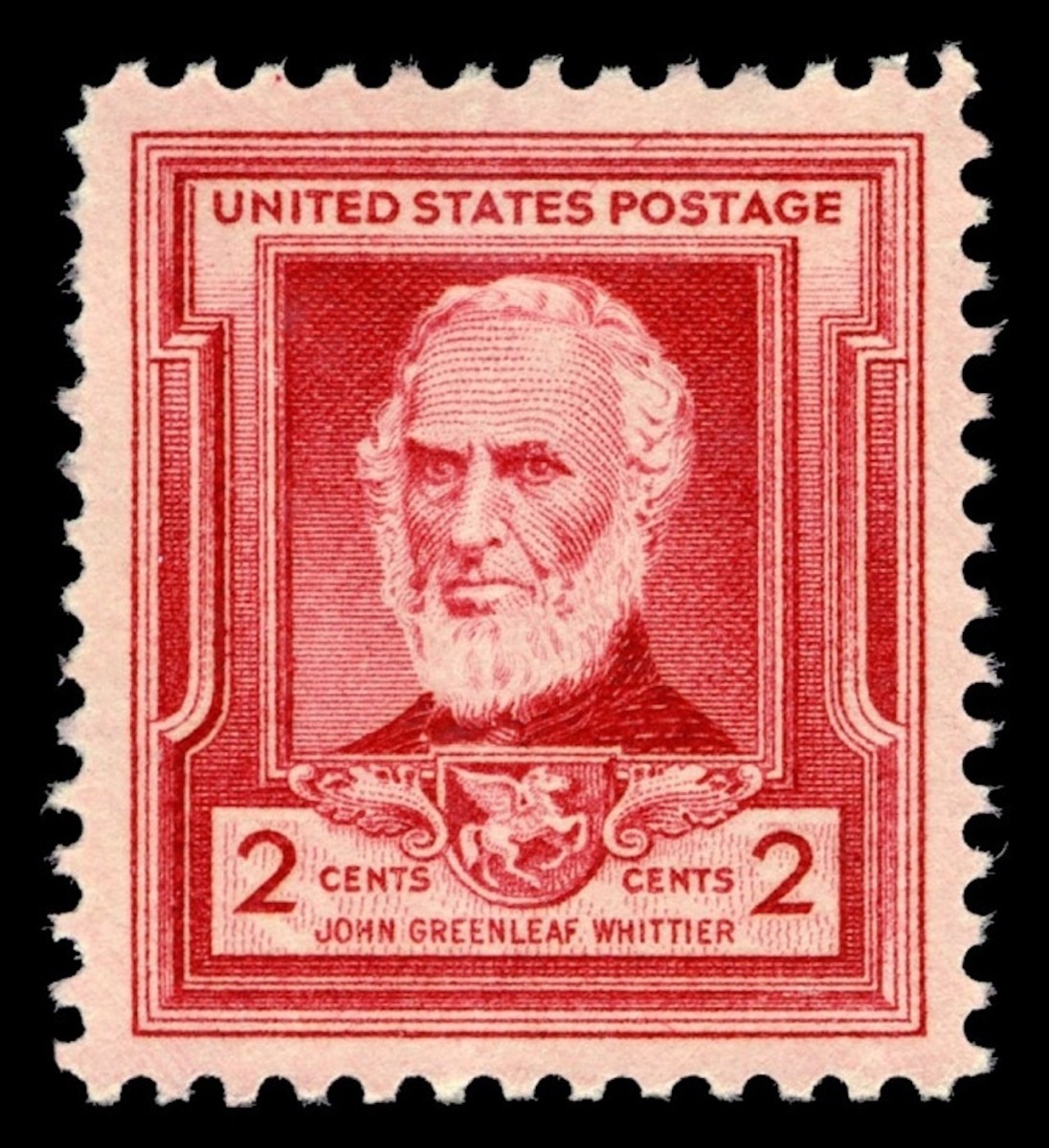
Related John Greenleaf Whittier Information
- Life Sketch of John Greenleaf Whittier John Greenleaf Whittier was born on December 17, 1807, to the Quaker couple, John Whittier and Abigail Hussey Whittier, in Haverhill, Massachusetts, on the family’s farm, where he was raised with his brother, Mathew Franklin Whittier, and two sisters, Mary and Elisabeth.
Commentaries on John Greenleaf Whittier Poems
- John Greenleaf Whittier's Book-Length Poem "Snow-Bound: A Winter Idyl" John Greenleaf Whittier prefaced his book-length poem Snow-Bound: A Winter Idyl with three epigrams: the first offers the poem as a dedication to his family, the second features a quotation from Heinrich Cornelius Agrippa's Occult Philosophy, and the third offers an excerpt, the first stanza from Ralph Waldo Emerson's poem "The Snow Storm."
- John Greenleaf Whittier's "The Barefoot Boy" John Greenleaf Whittier's "The Barefoot Boy" plays out in five rimed stanzas, consisting of 102 lines, most of which form couplets. There are two exceptions to the couplet format, each of which is presented as a triplet. One triplet is in the second stanza.
- John Greenleaf Whittier's "Barbara Frietchie" John Greenleaf Whittier's "Barbara Frietchie," a thirty-couplet narrative poem, is based on a legend that made its rounds during and after the American Civil War (1861–1865). Differing accounts exist regarding the facts of Mrs. Frietchie's action; thus Whittier has reported the genesis of his poem.
- John Greenleaf Whittier's "Maud Muller" John Greenleaf Whittier's "Maud Muller" narrates a contemplative reflection in 55 rimed couplets. The title character is a young, country girl, who often looks toward town and wonders how much better her life would be if she could partake of city residence.
- John Greenleaf Whittier's "The Mystic's Christmas" The speaker of John Greenleaf Whittier's "The Mystic's Christmas" understands fully the meaning of Christmas and the soul-significance of Christ Consciousness.
This content is accurate and true to the best of the author’s knowledge and is not meant to substitute for formal and individualized advice from a qualified professional.
© 2025 Linda Sue Grimes

